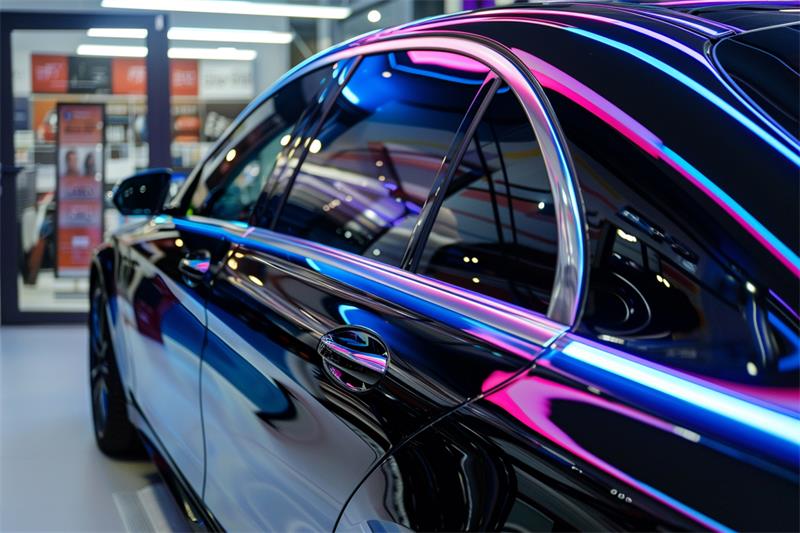In today's world, energy efficiency and environmental consciousness are at the forefront of many individuals' minds. Window tint film has emerged as a popular solution for not only enhancing the aesthetics of vehicles and buildings but also for combating heat gain and reducing energy costs. By effectively rejecting solar heat, window tint film can significantly lower interior temperatures, creating a more comfortable environment while also alleviating the burden on air conditioning systems.

Understanding Heat Rejection
Solar heat, also known as infrared radiation, accounts for a significant portion of the heat that enters a vehicle or building through windows. Window tint film is specifically designed to block or reflect a substantial percentage of this infrared radiation, thereby reducing the amount of heat that penetrates the interior.
Types of Window Tint Film for Heat Rejection
Window tint film is available in a variety of types, each offering different levels of heat rejection and other performance characteristics. Some of the most common types of heat rejection window tint film include:
Dyed Film: Dyed film is one of the most affordable options, offering moderate heat rejection and privacy.
Metallized Film: Metallized film incorporates a thin layer of metal, such as aluminum or nickel, to enhance heat rejection capabilities.
Hybrid Film: Hybrid film combines dyed and metallized technologies, providing a balance of heat rejection, privacy, and optical clarity.
Ceramic Film: Ceramic film utilizes microscopic ceramic particles to effectively block infrared radiation without compromising visibility.
Benefits of Window Tint Film for Heat Rejection
The benefits of using window tint film for heat rejection extend beyond simply creating a cooler interior. Here are some of the key advantages:
1. Reduced Energy Costs: By lowering interior temperatures, window tint film can significantly reduce the demand for air conditioning, leading to lower energy bills.
2. Enhanced Comfort: A cooler interior environment can improve passenger comfort and productivity, especially in hot climates.
3. UV Protection: Window tint film blocks a significant portion of harmful ultraviolet (UV) rays, protecting occupants from sunburns and premature aging of interior furnishings.
4. Glare Reduction: Window tint film can minimize glare from the sun, improving visibility and reducing eye strain while driving.
5. Increased Security: Tinted windows can deter potential thieves by making it more difficult to see inside the vehicle or building.
Choosing the Right Window Tint Film
When selecting window tint film for heat rejection, consider the following factors:
1. Climate: Consider the intensity of sunlight and heat in your area to determine the appropriate level of heat rejection.
2. Vehicle or Building Type: Choose film that is compatible with the specific type of glass used in your vehicle or building.
3. Desired Privacy Level: Select a tint percentage that balances heat rejection with the desired level of privacy.
4. Budget: Compare prices and features of different film types to find the best value for your needs.
Professional Installation
For optimal performance and to avoid potential damage to the film or vehicle's windows, it is highly recommended to have window tint film installed by a qualified professional. They possess the expertise and tools to ensure proper application, ensuring the film adheres correctly and provides the desired level of heat rejection and other benefits.
Window tint film for heat rejection offers a multitude of advantages, from creating a more comfortable and energy-efficient environment to protecting occupants and furnishings from harmful UV rays. By carefully considering your needs and choosing the right type of film, you can reap the benefits of this innovative technology while enhancing the aesthetics of your vehicle or building.
